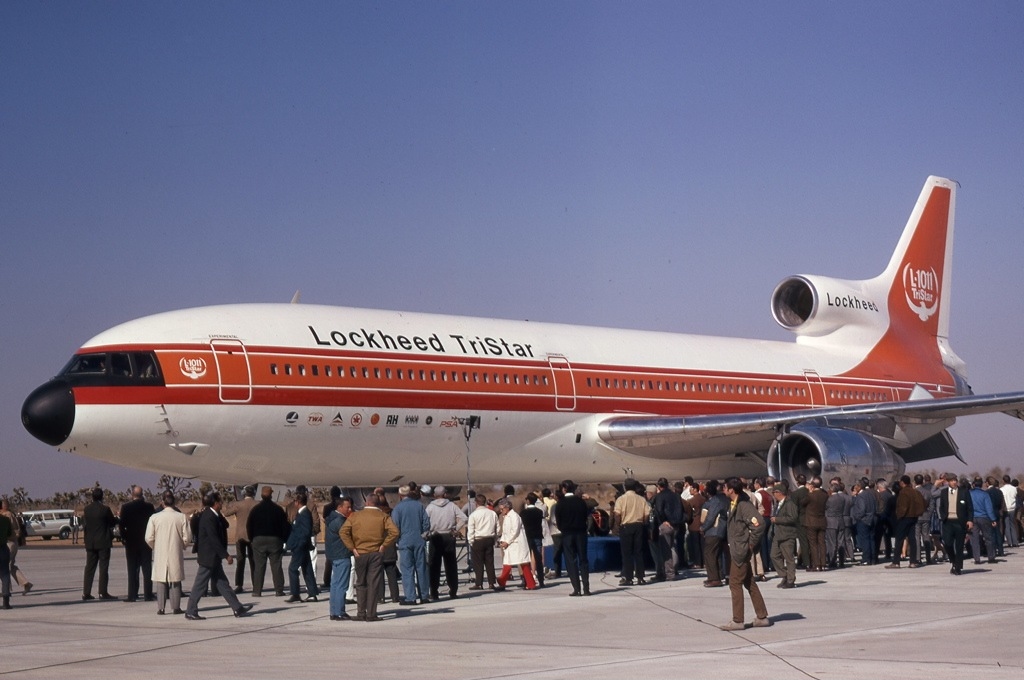A T-tail is not so bad. Its main advantages are:
- A smaller vertical tail is required, because the horizontal tail acts like an endplate and enhances the efficiency of the vertical tail.
- When the vertical tail is swept, a T-tail will allow to make the horizontal tail smaller as well, because it gains additional lever arm in this configuration.
- By designing the junction with the vertical well, the T-tail has less interference drag. It also helps to reduce wave drag, especially when using a well designed Küchemann body (the round, long, spiky thing on the tail junction of a Tu-154) by stretching the structure lengthwise.
As soon as the cruise Mach number demanded tail sweep, the T-tail became the preferred solution. Placing the engines at the rear fuselage put them higher, so FOD became less of a worry, and the wing could be kept clean for maximum lift resulting in shorter runway requirements. In the days before CFD, it was much easier to get the wing right when no pylons with barrels at their ends were sticking from it.
If an engine is mounted near the place where normally the horizontal tail would be, it is much easier to relocate the horizontal to the top of the vertical than trying to join both together. The mass of the engines will require a relatively rearward wing position, so the lever arm of a conventional tail would be rather small. By shifting it up to the top of the swept vertical tail, its lever arm is much larger, making the T-tail especially attractive for configurations with rear-mounted jet engines.
A second reason is better failure tolerance. Note that the T-tail designs are from the early jet age. Their first flight years were: Caravelle 1955, Jet Star 1957 (both not real T-tails, I know, and having little tail sweep), Trident 1962, VC-10 1962, Ilyushin 62 1963, Boeing 727 1963, Tu-134 1963, C-141 1963, Hansa Jet 1964, Tu-154 1968. The designers were afraid an engine failure would also damage the horizontal tail and would turn a survivable accident into a lethal disaster.
 Source: Wikipedia
Source: Wikipedia Source: Wikipedia
Source: Wikipedia
